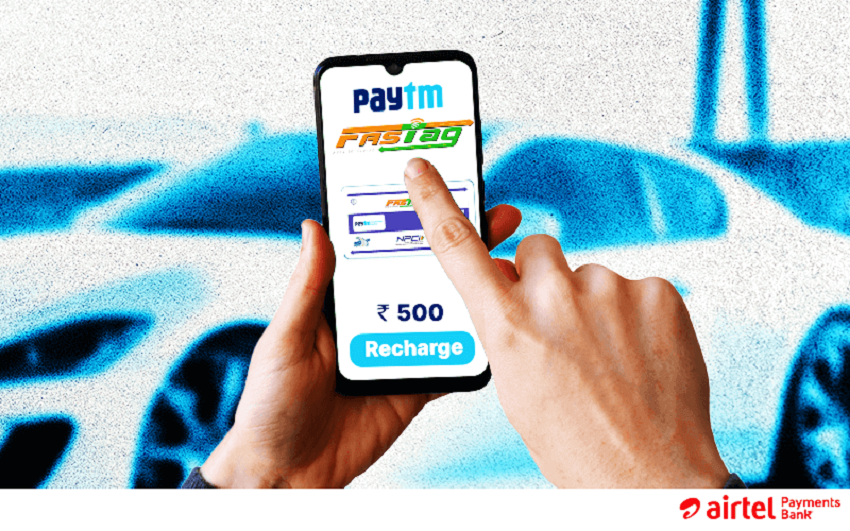Comparison Between FASTag and Traditional Toll Payment

Toll payments have long been a part of our journeys, but with the advent of technology, traditional toll payment methods are giving way to more efficient options like FASTag. FASTag is a digital toll collection system that uses RFID technology to make toll payments automatically. In this comparison, we’ll explore the differences between FASTag and traditional toll payment methods, focusing on their ease of use, efficiency, and benefits to travelers.
Comparison between FASTag and Traditional Toll Payment
Ease of Payment
- Traditional: With traditional toll payments, drivers need to stop at toll booths, roll down their windows, and hand over cash to the toll booth operator, which can be time-consuming and inconvenient, especially during peak travel times.
- FASTag: FASTag offers a seamless payment experience. Once installed on the vehicle’s windshield, it allows for automatic deduction of toll charges as the vehicle passes through the toll booth, eliminating the need to stop and pay manually.
Efficiency
- Traditional: Manual toll payments can lead to long queues at toll booths, causing delays and traffic congestion, especially on busy highways.
- FASTag: FASTag significantly reduces waiting times at toll booths, as the toll amount is deducted electronically, enabling smoother traffic flow and quicker travel times.
Cost-Effectiveness
- Traditional: While traditional toll payments are straightforward, they often involve hidden costs, such as fuel wastage due to idling at toll booths and wear and tear on vehicles from frequent braking and acceleration.
- FASTag: By minimizing the need to stop and idle at toll booths, FASTag helps reduce fuel consumption and vehicle maintenance costs, making it a more cost-effective option in the long run.
Convenience
- Traditional: Traditional toll payments require drivers to carry sufficient cash at all times and can be inconvenient, especially when traveling long distances.
- FASTag: FASTag offers a convenient cashless payment option, eliminating the need for drivers to carry cash or search for exact change at toll booths.
Reload Options
- Traditional: Reloading cash for toll payments can be cumbersome, requiring drivers to visit specific locations to purchase toll coupons or tokens.
- FASTag: FASTag can be recharged online through various payment methods, including debit/credit cards, net banking, and UPI, offering a hassle-free reloading experience.
Account Management
- Traditional: Traditional toll payments do not offer any account management features, making it challenging for drivers to track their toll expenses.
- FASTag: FASTag users can easily manage their accounts through dedicated portals or mobile apps, allowing them to track their toll usage, view transaction history, and monitor account balances in real-time.
Cross-Compatibility
- Traditional: Traditional toll payment methods vary from one toll booth to another, requiring drivers to carry different types of currency or payment instruments.
- FASTag: FASTag is accepted at all toll booths across India, making it a universal payment solution for toll charges, regardless of the location.
Environment-Friendly
- Traditional: Traditional toll payments contribute to air pollution due to vehicle emissions during idling at toll booths.
- FASTag: By reducing idling time and promoting smoother traffic flow, FASTag helps reduce vehicle emissions, making it a more environmentally friendly option.
So, FASTag offers numerous advantages over traditional toll payment methods, including ease of payment, efficiency, cost-effectiveness, convenience, and environmental friendliness. As a leading provider of digital payment solutions, Airtel Payments Bank offers FASTag services to its customers, allowing them to enjoy the benefits of seamless toll payments. Also, the Airtel Thanks App provides a user-friendly interface for managing your prepaid and postpaid bill payment, FASTag recharge, and more.







